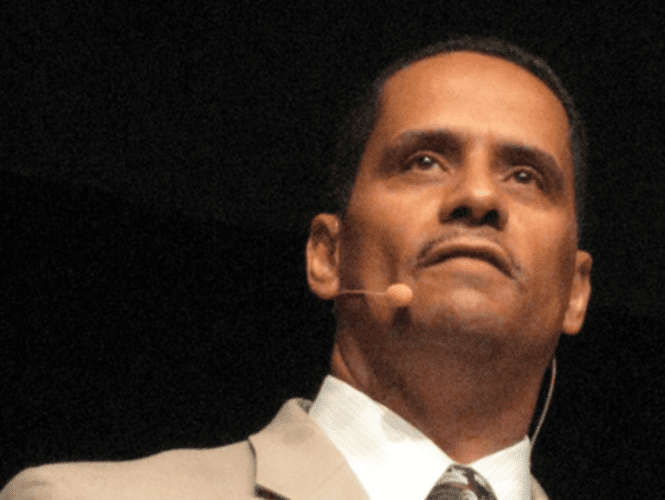Although their numbers have revitalized many Catholic parishes, Hispanic living in the United States are turning into Baptists and Pentecostals at surprising rates.
Some say that in Latin America, their families would not tolerate investigating other Christian faiths. However, living in America, the old barriers are gone — and Spanish-speaking Americans are checking out the Evangelicals.
“You can see evidence of that in the Assemblies of God, once a historically white, suburban Pentecostal denomination,” reports Barbara Bradley Hagerty for National Public Radio. “When you walk into the denomination’s largest church, it’s sensory overload: The auditorium is jam-packed with hundreds of Latino worshipers singing in Spanish, swaying and dancing.”
Over the last decade, Chicago’s New Life Covenant Church has grown from 68 members to more than 4,000. It has had to scramble to find somewhere to meet — and has planted a number of satellite congregations in surrounding neighborhoods.
“When you include the other churches New Life has started, its membership comes to some 12,000 people,” reports Hagerty.

The Rev. Wilfredo de Jesus says Latinos are saving American Christianity. “No doubt, every denomination would have decreased in membership,” he told NPR, “if it had not been for Hispanic growth, including our fellowship, the Assemblies of God.”
On Sunday morning, the thousands streaming into New Life’s sanctuary are black, white and Asian, as well as Hispanic.
“Most, like de Jesus, are second-generation Latinos,” reports Hagerty. “Three of four services are in English. Indeed, much of the church’s growth is fueled by Hispanic-Americans shedding the faith of their parents.
De Jesus says it’s not difficult to spot the Catholics. “People come to the church, and I’m in the lobby area, greeting visitors — and they say, ‘Hey Father, thank you for the Mass today.’ I know where they’re coming from.” They’re coming from Catholicism.
Polls by the Pew Research Center show that fewer than 60 percent of second-generation Latinos are Catholic, notes Hagerty: “and the ones who leave Catholicism head for the more boisterous evangelical churches, like New Life.”
Why? Isaac Vega says was frustrated with the authoritarianism of priests, who believe they should serve as intermediaries between him and God. Vega says he prefers to have a personal relationship with the Almighty. “I felt like my personal relationship with God — I was seeking more, and I needed more. And there was kind of like a glass ceiling. I was hitting something that wasn’t allowing me to grow, and I wasn’t quite sure what it was.”
That’s why most Latinos leave Catholicism, Pew researchers found.
Natalie Ochoa says that New Life’s style — urban, gritty, flavored with Latino exuberance — is pushing the boundaries of the conservative Assemblies of God. “Some of the Pentecostal churches, looking at New Life,” she says, seem to think, ” ‘Oh, you guys are like, rebels,’ or like, ‘You guys are too wild,’ or ‘The way the women dress.’ And I’m sure there’s probably controversy in that, but I definitely think we’ve raised the bar.”
Yet, notes Hagerty, “leaders in every denomination have to recognize that this is their destiny, says Luis Lugo, director of the Pew Forum on Religion and Public Life. For proof, he says, just look at the recent census projections. “We got a postcard from the future,” Lugo says. “And it told us that in the not-too-distant future, this country is going to be minority white. So, the future of many religious traditions in this country will depend upon the second-generation Latinos.”


